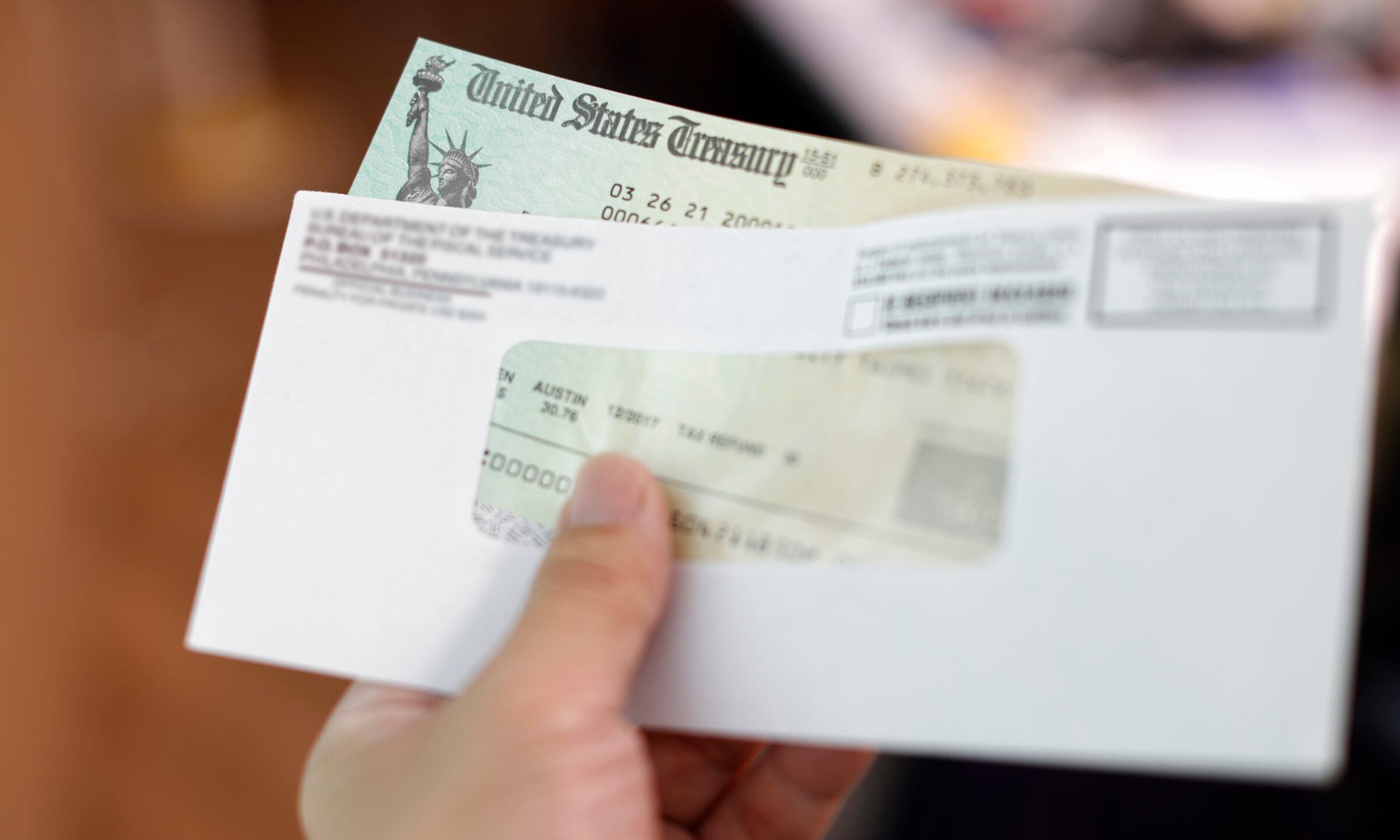One doesn’t have to be the loneliest number anymore. For years, sole proprietors weren’t able to choose from as wide a range of retirement plan options as bigger operations could. Or, in the case of a 401(k) plan, the administrative costs would outweigh the potential benefits in the business owner’s eyes.
But the landscape has changed dramatically over time. Currently, you have a myriad of choices at your disposal, including setting up and maintaining a “solo 401(k)” for you—and just you alone—at a reasonable cost.
Basic premise: A solo 401(k) plan works pretty much like a traditional 401(k). For starters, you can elect to defer part of your salary to your account within generous annual limits. For 2022, the maximum deferral is generally $20,500, plus you can tack on a catch-up contribution of up to $6,500 if you’re age 50 or over, for a grand total of $27,000.
This money contributed to the plan is then invested and can grow and compound within your account on a tax-deferred basis.
But there’s more: A business owner may add matching contributions as the employer up to the current tax law limits for defined contribution plans. The total deductible contributions for 2022 can’t exceed the lesser of 25% of compensation or $61,000, increased to $67,500 if you’re age 50 or over. The maximum compensation taken into account for these purposes in 2022 is $305,000.
This unique combination enables you build up a nest egg retirement even if you are getting a late start.
Note that a self-employed individual must make a special computation to find the maximum amount of elective deferrals and nonelective contributions. In figuring the contribution, your compensation is your “earned income.” This is defined as net earnings from self-employment after deducting one-half of your self-employment tax and contributions for yourself. Rely on your professional advisors for guidance.
Of course, strict testing requirements can be a headache for traditional 401(k) plans, but it is usually less of a hassle for solo plans. Notably, a business owner with no other employees doesn’t need to perform any nondiscrimination testing for the plan. Reason: There are no employees who might be receiving disproportionately high benefits.
Typically, a solo 401(k) plan may offer other advantages, such as the ability to borrow from your account or to take hardship withdrawals under extenuating circumstances. If you’ve worked somewhere else and built up savings in a 401(k) or other qualified retirement plan, you can generally roll over those funds tax-free into your solo 401(k). And contributions to the plan are discretionary, so you have more leeway in a year in which the business is struggling.
Finally, be aware you can use a Roth version of a solo 401(k). With this setup, you contribute after-tax proceeds to your account but you’ve secured the ability to take tax-free payouts in the future. Otherwise, distributions from a solo 401(k) plan are subject to ordinary income and the 10% penalty for early withdrawals, the same as a regular 401(k).
The choice is yours: Consider all the possibilities.
Thanks for reading CPA Practice Advisor!
Subscribe Already registered? Log In
Need more information? Read the FAQs





